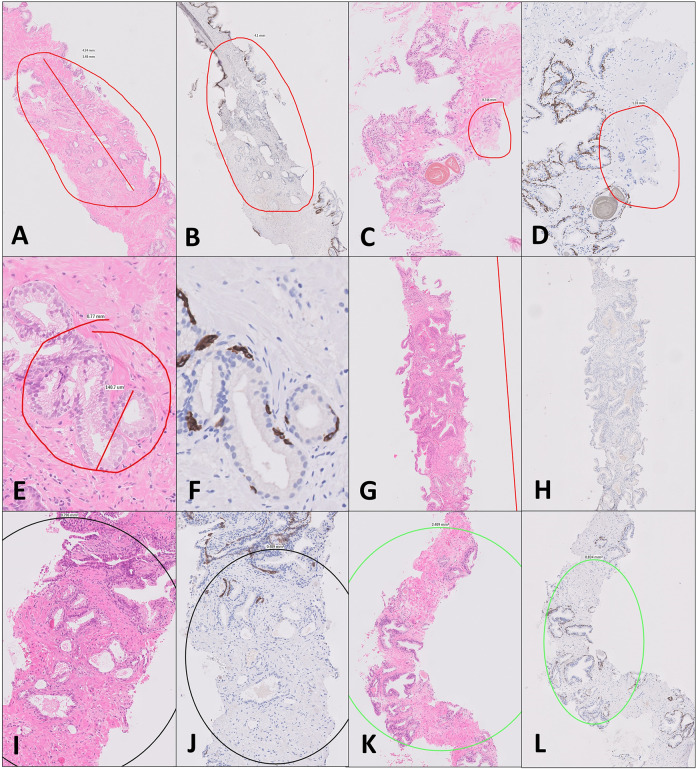Fig. 1. Examples of the classification of ambiguous prostate glands that prompt IHC ordering devised in this study (cf. Table 1).
Reason 1: An H&E section showing a short length of glands (e.g., <1 mm) that the pathologist is confident of calling cancer morphologically but wishes to confirm with IHC (A). This case was confirmed as cancer on CK5 staining (B). Reason 2: A small focus of glands that are only suspicious of are cancer (C). In this case, IHC confirmed cancer (D). Reason 3: Foci of glands with an unusual morphology and that the diagnosis would be uncertain (E). The CK5 in this case (F) demonstrated basal cell (brown) and the focus was deemed benign. Reason 4: A longer length of cancer (G) that is very well differentiated and needs to be confirmed cancer with IHC (H). Reason 5: Foci of glands that look atrophic but show atypia (I). In this example a few glands lack basal cells (J) but were considered benign as being admixed with this otherwise partially atrophic group. Reason 6: Small suspicious glands around PIN (K), in this example all were deemed benign (L). Reasons 7 and 8: not demonstrated here. These are cases used in this study and in some instances are annotated.

